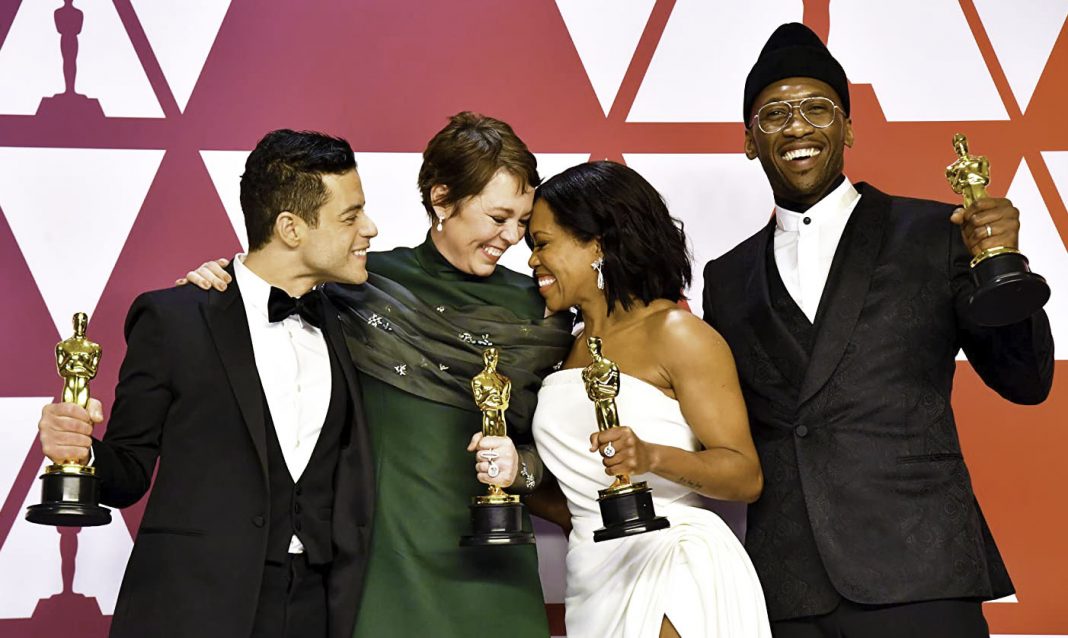This month, the Academy of Motion Picture Arts and Sciences unveiled new standards for films to qualify for Best Picture at the Oscars. These requirements are part of Aperture 2025, an initiative to encourage more diversity and inclusion both in the Academy and the industry overall. These changes come after years of criticism against the Academy for its lack of diversity not only among its voting members but also its nominees and winners.
Starting at the 96th Oscars in 2024, all films must meet at least two of the following four standards to qualify for Best Picture:
Standard A: On-Screen Representation, Themes and Narratives
Standard B: Creative Leadership and Project Team
Standard C: Industry Access and Opportunities
Standard D: Audience Development
Standard A encourages on-screen diversity among the cast, while Standard B does so behind the camera with department heads and crew members. Standard C seeks to promote paid training opportunities for underrepresented groups, and Standard D requires film studios to have “multiple” in-house senior executives from underrepresented groups in their marketing, publicity, and/or distribution teams. Each of these standards have sub-categories that specify the potential ways a film can become eligible for Best Picture. The various underrepresented groups include women, people of colour, LGBTQ+ people, and those with cognitive or physical disabilities.
At first glance, the new standards seem like good ways to encourage more diversity and inclusion within the film industry, welcoming groups that have been excluded for so long. But reactions weren’t all positive. On social media, some people argued these requirements may lead to more tokenism and white saviour films, while others complained about how the Academy is trying to be “woke” by “forcing diversity.”
During a Variety interview for his newest film, actor Viggo Mortensen expressed that these rules will end up excluding some films, citing last year’s war-epic 1917 as a possible example. The reality is that 1917 would’ve still qualified. In fact, the majority of recent Best Picture nominees and winners would still qualify, while others could with minor changes. These requirements aren’t too difficult to meet, which begs the question, will this new push for diversity bring about actual change?
Perhaps not entirely as there may be a loophole around these requirements. Since the Academy lists women within underrepresented groups, companies could hire more white women in these various positions and still qualify for Best Picture, excluding other underrepresented groups. We’ve already seen this happen with the BAFTA awards. In 2019, the British Film Institute introduced similar rule changes, but the 2020 nominations and winners still lacked diversity, especially among the acting categories, where all nominees were white. It’s also important to remember that these eligibility changes only apply for Best Picture. They don’t apply to other categories like Best Animated Feature Film, Documentary Feature, best actors, and the many other awards.
One positive outcome of these requirements is the potential for more change behind the camera. If these standards actually bring about more diversity and inclusion in the creative and production teams behind films, it’ll promote more underrepresented filmmakers to tell their stories. Hopefully, these moves will lead to more substantial changes, allowing marginalized groups to receive the recognition they deserve.



